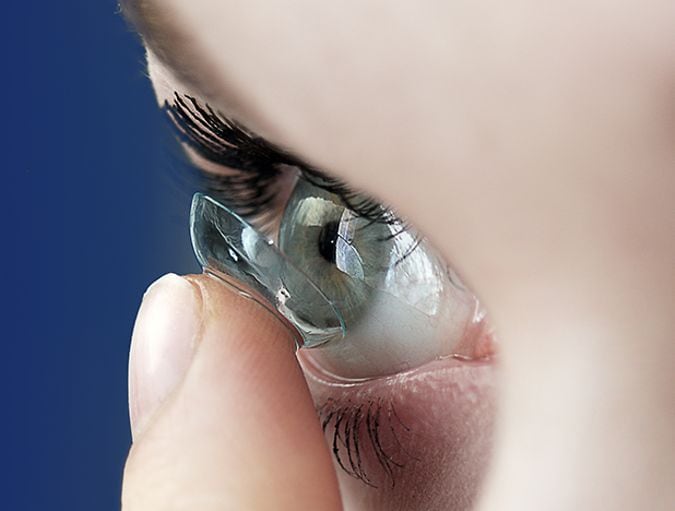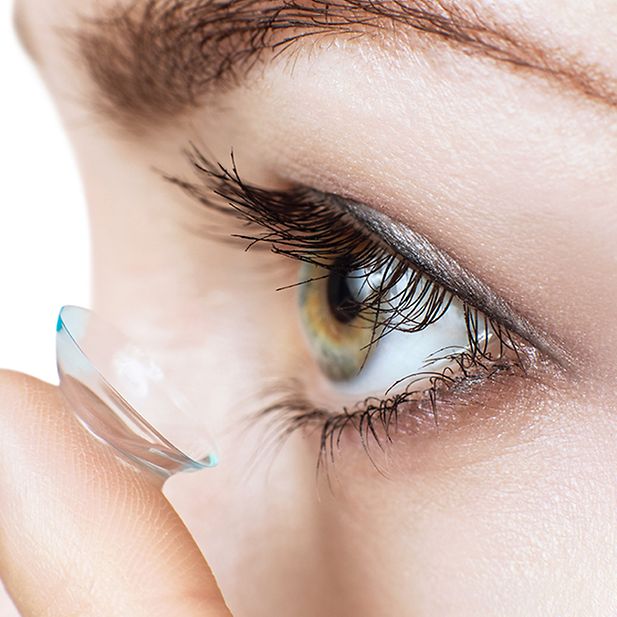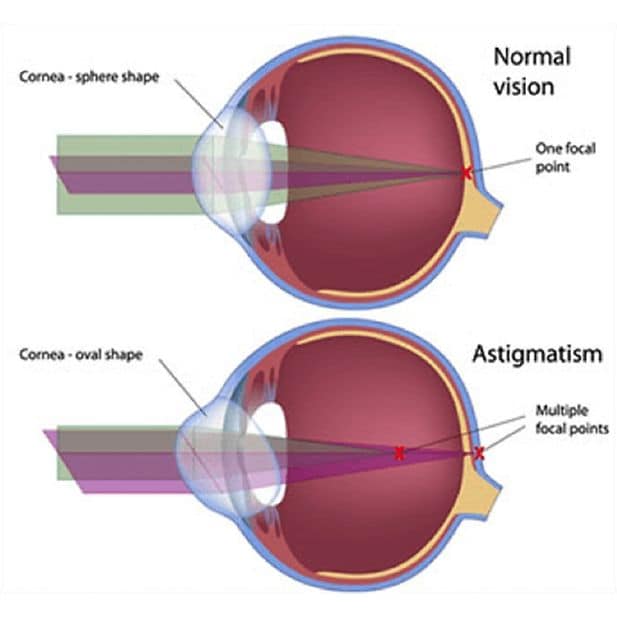Contact lenses and vision problems

Common vision problems that can be corrected by contact lenses
Short-sightedness – also known as myopia

Contact lenses for short-sightedness, and myopia treatments
Long-sightedness – also known as hyperopia
Contact lenses for long-sightedness and hyperopia treatments
Astigmatism
